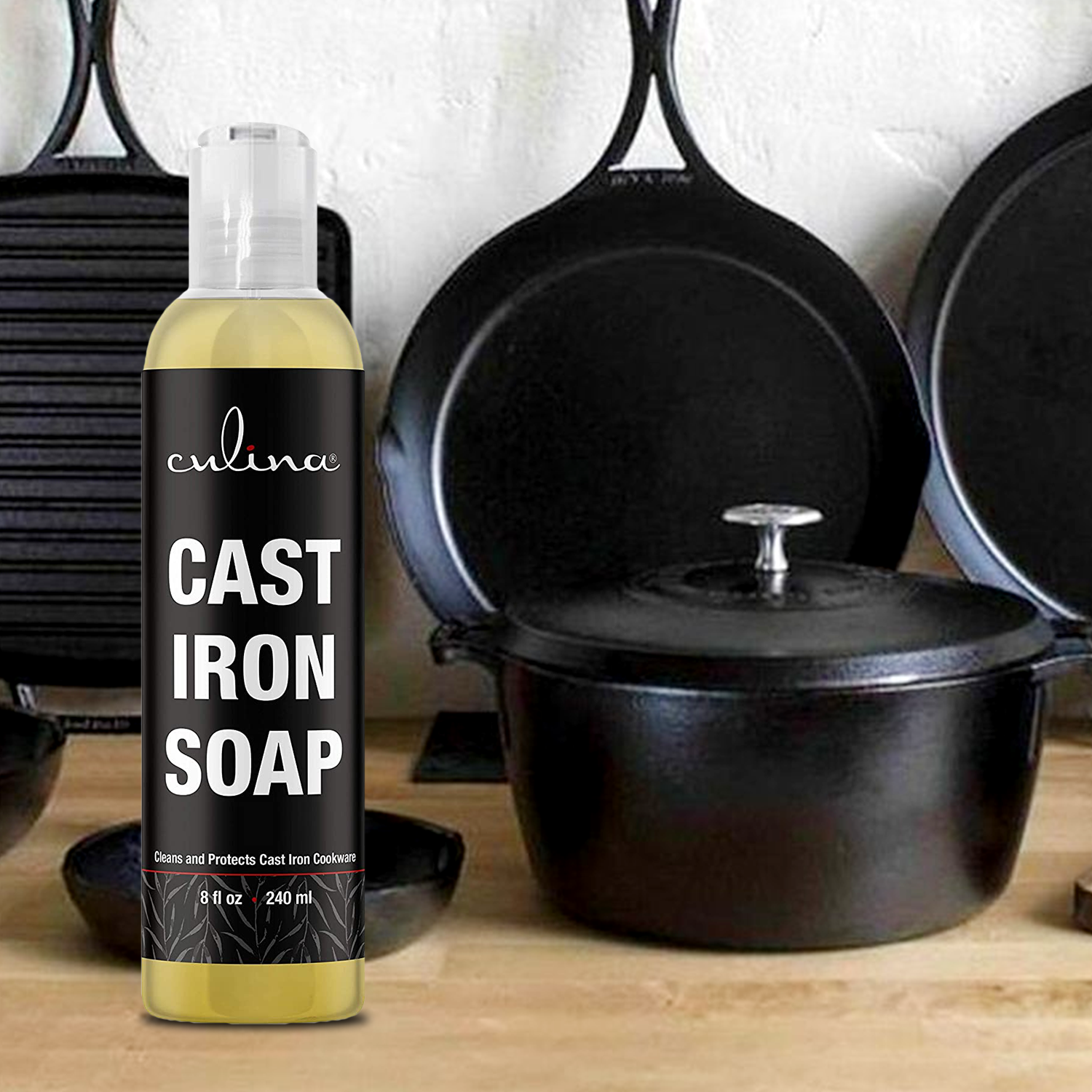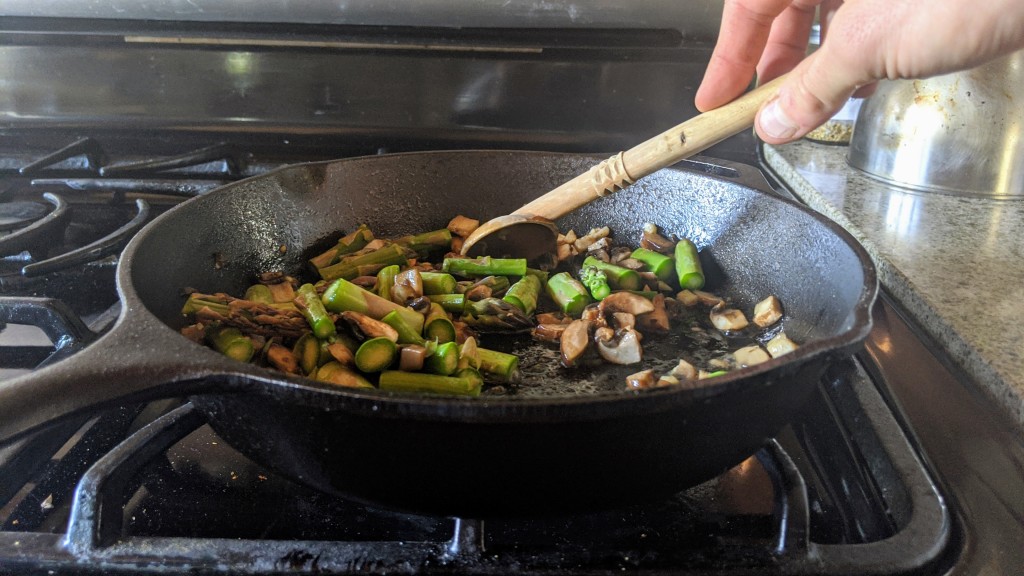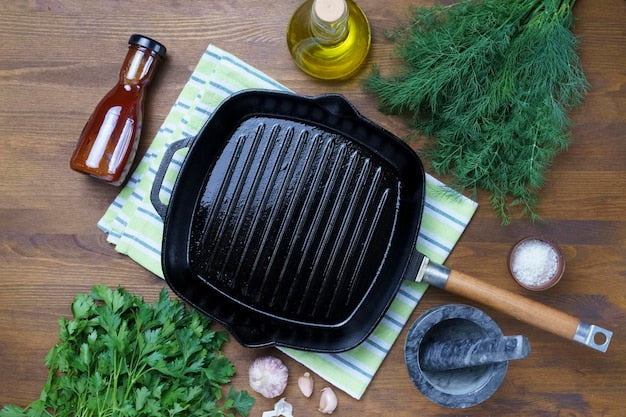Cooking pork tenderloin may initially seem daunting, but with the right techniques, **how to cook pork tenderloin in cast iron skillet** can transform a simple cut into a mouthwatering dish that is both tender and full of flavor. The cast iron skillet has long been favored in culinary circles for its heat retention and ability to create a beautiful sear. In this comprehensive guide, kitchen professionals will not only learn the step-by-step process but also some secrets that elevate the pork to a whole new level.
To begin, understanding the composition of pork tenderloin is essential. This cut is known for its leanness and delicate flavor. Properly cooking it while maintaining moisture can be a challenge, but using a cast iron skillet provides a controlled cooking environment that enhances its juiciness. This article offers valuable insights into techniques that optimize texture and taste while ensuring that the pork tenderloin is cooked to perfection.

Preparing the Pork Tenderloin
Before any cooking takes place, the **preparation of the pork tenderloin** is crucial. Here are the essential steps:
- Trim the Pork: If your pork tenderloin has any silver skin (a tough membrane found on the surface), use a sharp knife to carefully remove it. This ensures a more tender chew.
- Season Generously: Seasoning your tenderloin with salt and pepper is just the beginning. A marinade or dry rub can significantly enhance flavor. Consider using garlic powder, onion powder, paprika, or herbs like thyme or rosemary.
- Bring to Room Temperature: Allow the tenderloin to sit at room temperature for about 30 minutes before cooking. This promotes even cooking.

Choosing the Right Cast Iron Skillet
The **cast iron skillet** is an indispensable tool in cooking pork tenderloin. Why is it so effective? Here are several reasons:
- Even Heating: Cast iron skillets retain heat superbly, providing a perfect sear on meats.
- Versatility: These skillets can go from stovetop to oven, allowing for varied cooking methods.
- Durability: With proper care, cast iron can last for generations, providing consistent performance.
:max_bytes(150000):strip_icc()/How-to-Season-Cast-Iron-Skillet-3x2-1-bcd280f1703e47e0a59bb62e86a0d53a.png)
Cooking Process
Now that you have prepared your pork tenderloin and chosen your skillet, let's dive into the **cooking process**:
- Preheat the Skillet: Place your cast iron skillet on medium-high heat and allow it to get hot. You can test the heat by flicking water onto the pan; if it sizzles, its ready.
- Add Oil: Add a high smoke point oil such as vegetable or canola oil. Swirl it around to ensure the surface is well coated.
- Sear the Pork: Place the pork tenderloin in the skillet. Resist the urge to move it; letting it sit creates a golden-brown crust.
- Check Internal Temperature: After several minutes, flip the tenderloin using tongs, and dip a meat thermometer into the thickest part. The ideal temperature is 145F.
- Oven Finish: If your tenderloin is particularly thick, transfer the skillet to a preheated oven set at 375F to ensure it cooks thoroughly without drying out.
- Rest: Once cooked, remove the pork tenderloin from the skillet and let it rest for at least 10 minutes. This allows the juices to redistribute.

Serving Suggestions
Pork tenderloin can stand alone, but pairing it with sides can create a meal that dazzles:
- Vegetable Medley: Roasted seasonal vegetables make a perfect accompaniment, adding color and flavor.
- Starch Options: Consider serving with mashed potatoes or wild rice, both excellent at capturing the juices.
- Sauces: A flavorful sauce, such as apple cider reduction or a mustard glaze, can elevate the dish even further.
Common Mistakes to Avoid
Even seasoned kitchen professionals can fall prey to common pitfalls. Here are several **mistakes to avoid** when cooking pork tenderloin:
- Not Preheating the Skillet: This can result in uneven cooking.
- Overcooking the Meat: Always keep an eye on the internal temperature.
- Skipping the Resting Period: Cutting into the meat right away can lead to a loss of juices, resulting in a dry final product.
FAQs
What is the best way to season pork tenderloin?
Using a combination of salt, pepper, garlic powder, and herbs like rosemary or thyme works wonders.
Can I marinate pork tenderloin overnight?
Yes, marinating overnight enhances flavor and tenderness.
How long should I rest pork tenderloin after cooking?
Let it rest for at least 10 minutes to allow juices to redistribute.
As an Amazon Associate, I earn from qualifying purchases.






Leave a comment
This site is protected by hCaptcha and the hCaptcha Privacy Policy and Terms of Service apply.